Class Reptilia Rank Genus | Subphylum Vertebrata Suborder Serpentes Phylum Chordata Order Scaled reptiles | |
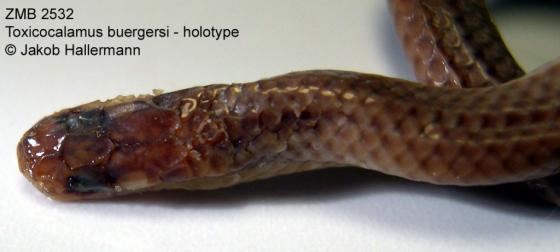 | ||
Similar Aspidomorphus, Micropechis, Fiji snake, Vermicella, Drysdalia | ||
Toxicocalamus top 12 facts
Toxicocalamus is a genus of snakes in the family Elapidae. Most species are relatively small, the largest specimen known being the holotype of the recently described Toxicocalamus ernstmayri, which measures 1.1 m snout to vent (SVL) and 1.2 m in total length (TTL), with the second longest the holotype of T. grandis (880 mm SVL, 980 mm TTL). Most species are under 800 mm in length and several are the thickness of bootlaces. In general females have longer bodies than males, but much shorter tails.
Contents
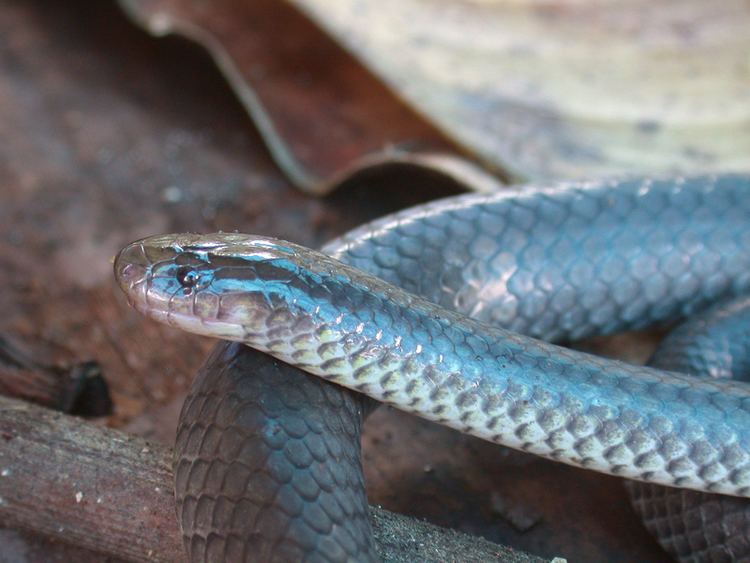
Members of genus Toxicocalamus are venomous, with fixed front-fangs (a dental arrangement known as proteroglyphous), but they not known to be a threat to humans, being unaggressive, of modest size, and secretive. However, the venom of T. longissimus is believed to be fairly toxic, since it contains Three-Finger Toxins (3FTx), Type-I Phospholipase A2 (PLA2) and Snake Venom Metalloproteinase (SVMP), while T. buergersi possesses long venom glands than extend backwards into the body cavity. Although most species are believed to be diurnal, they are fossorial, or semi-fossorial, in habit and rarely encountered. Many species are localised in their distribution and associated with particular islands or mountain ranges. Several species are poorly known with four known from only their holotypes.

Toxicocalamus is probably not closely related to the Australian Elapidae, being endemic to the island of New Guinea, northern coastal offshore islands, i.e. Seleo Is. (Sandaun Province, PNG); Walis Is. and Tarawai Is. (East Sepik Province, PNG), and Karkar Is. (Madang Province, PNG), and the archipelagoes of Milne Bay Province to the southeast, i.e. d'Entrecasteaux Archipelago (Goodenough Is., Fergusson Is., and Normanby Is.), Woodlark Is., and the Louisiade Archipelago (Misima Is., Vanatinaí, formerly Sudest Is., and Rossel Is.).

The prey of snakes in the genus Toxicocalamus appears to consist almost entirely of earthworms, particularly the giant earthworms of the Megascolecidae, hence the adoption of the term "worm-eating snakes" for species within this genus. In common with other tropical elapids, Toxicocalamus is believed to reproduce by oviparity with clutch sizes of 3–7 recorded, dependent on species and size of the female. The natural history of many species is almost entirely undocumented, due to a paucity of specimens and the infrequence of their encounter in the field.
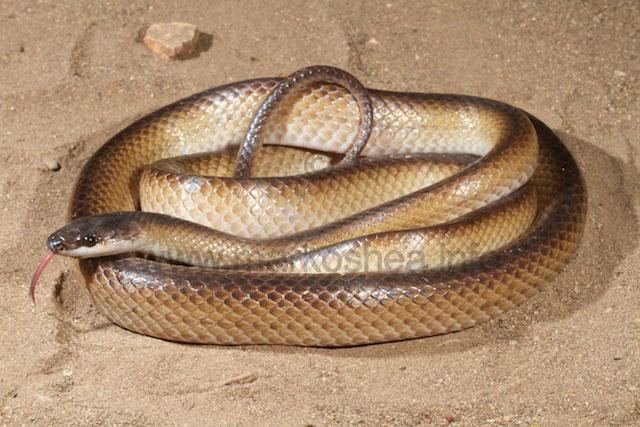
Species
The following 12 species, and single subspecies, are currently recognised in the genus Toxicocalamus:
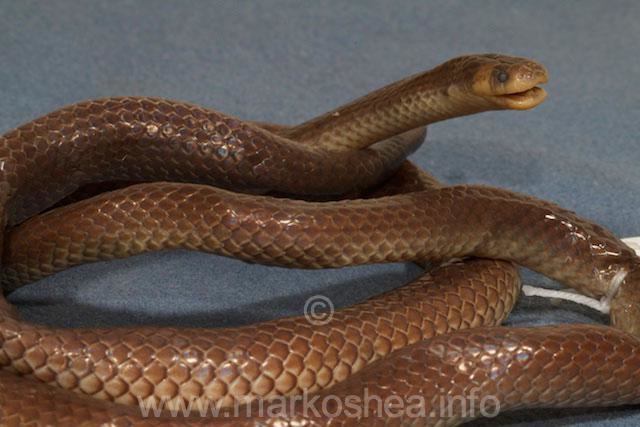
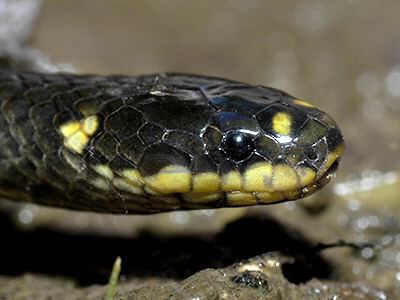
Nota bene: A binomial authority in parentheses indicates that the species was originally described in a genus other than Toxicocalamus. These former genera, Apistocalamus, Apisthocalamus, Pseudapistocalamus, Pseudapisthocalamus, Ultrocalamus, and Vanapina, are now synonyms of Toxicocalamus.
The former species Pseudapisthocalamus nymani Lönnberg, 1900; Apisthocalamus pratti Boulenger, 1904; A. loennbergii Boulenger, 1908; and A. lamingtoni Kinghorn, 1928; are synonyms of T. loriae, Vanapina lineata de Vis, 1905 is a synonym of T. longissimus, and Ultrocalamus latisquamatus Schüz, 1929 is a synonym of T. preussi.
Most of the described species are poorly known and rarely encountered. The most widely distributed, and most commonly encountered, species is T. loriae (itself a possible species complex), which accounts for 66% of all Toxicocalamus specimens in museum collections. T. loriae is frequently encountered in the Highlands, where large numbers have been collected in village gardens along the Wahgi River valley of Simbu Province, PNG. The next most frequently encountered and widely distributed species are T. preussi and T. stanleyanus. All the other species are much less well known and localised in distribution. On mainland New Guinea, T. buergersi is known from only six specimens, from the Torricelli Mountains in the Sepik region; T. spilolepidotus is known from two specimens, from the Kratke Range, Eastern Highlands Province, T. pachysomus is known from its holotype, from the Cloudy Mountains, Milne Bay Province, PNG, while T. grandis is also only known from its holotype, collected on the Setakwa River, western New Guinea, in 1912. On the islands of Milne Bay, T. holopelturus is known from 18 specimens from Rossel Island, T. longissimus is known from 12 specimens from Woodlark Island, T. misimae is known from three specimens from Misima Island, and T. mintoni is known from only its holotype, from Vanatinai Island.
